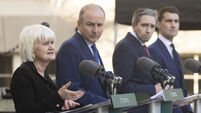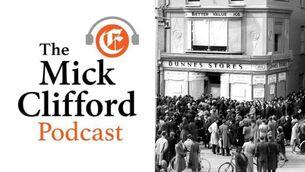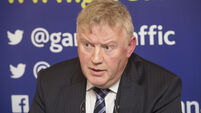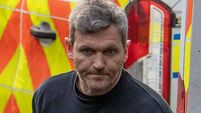We need artists — but artists need to be able to live

LAST year, the centenary of 1916, the discussion of the role of the arts in our country had a new focus.
The artists of Ireland worked with imagination, integrity and subtlety, excavating and addressing difficult issues with great seriousness.
















